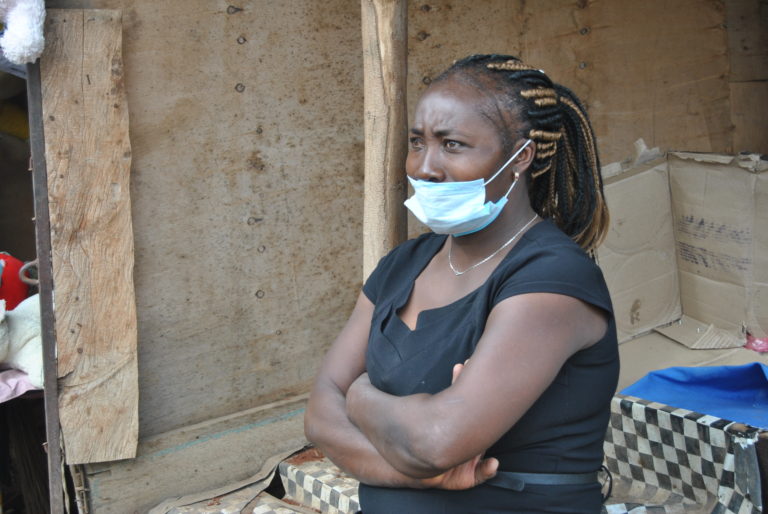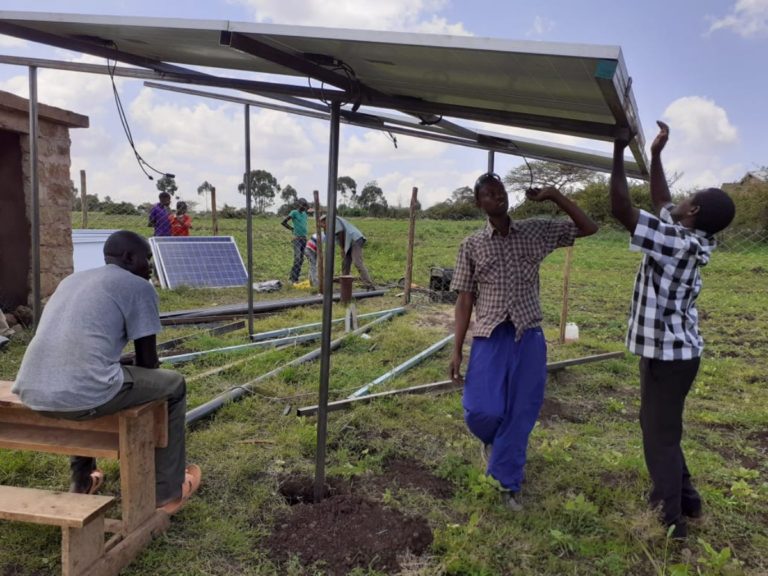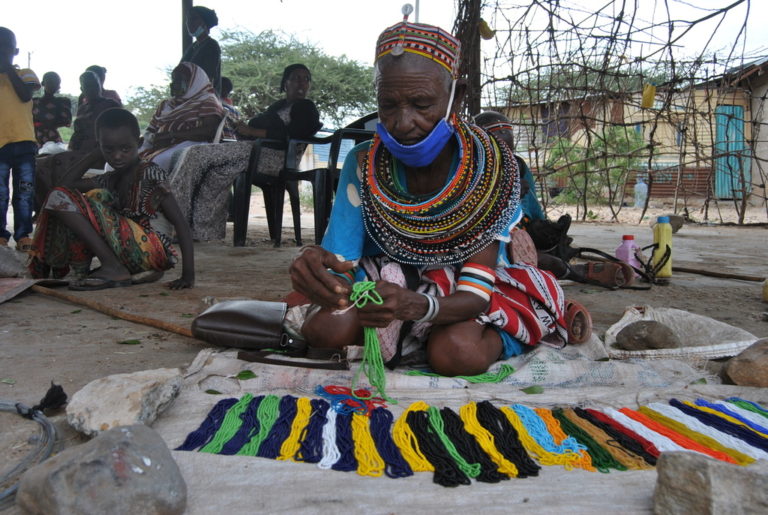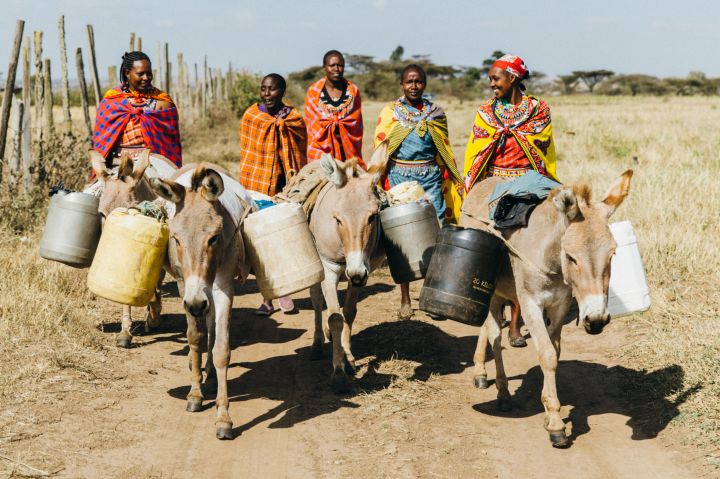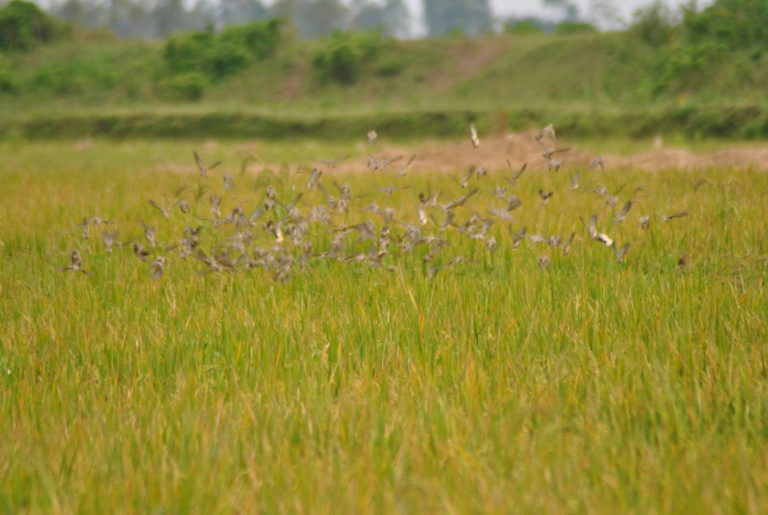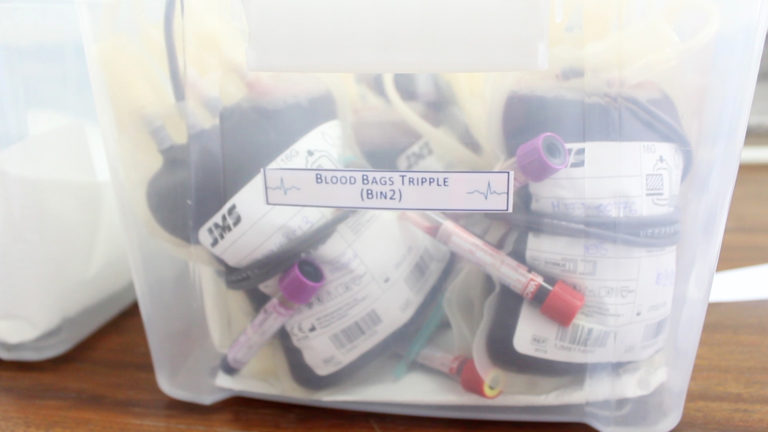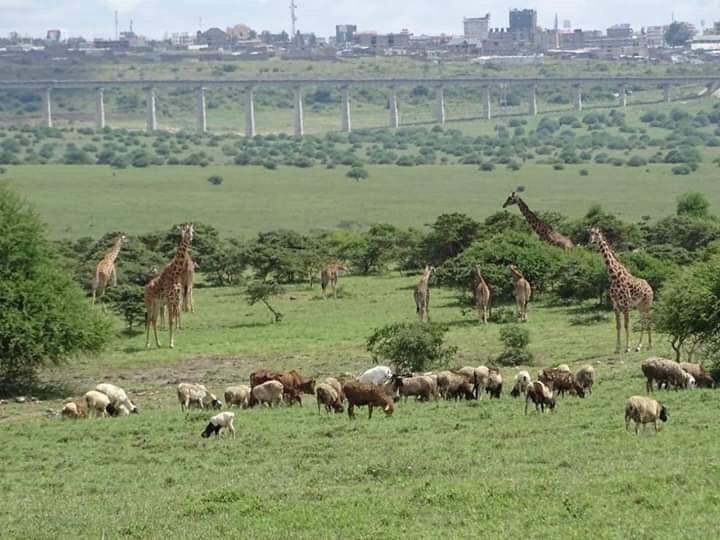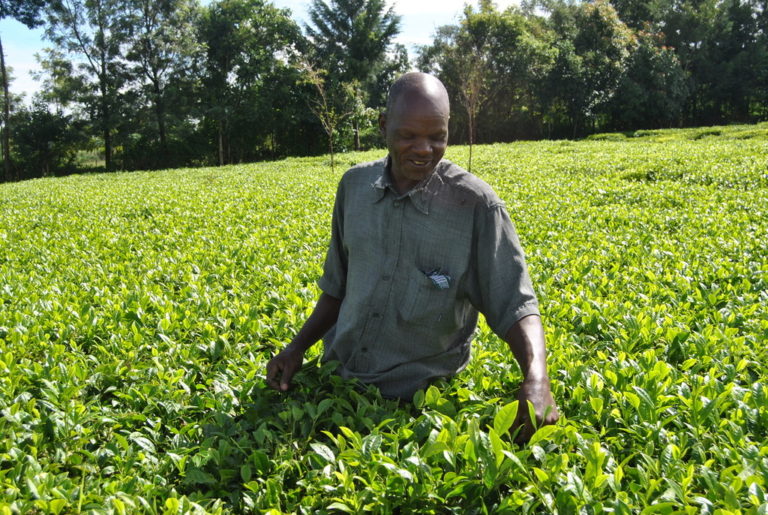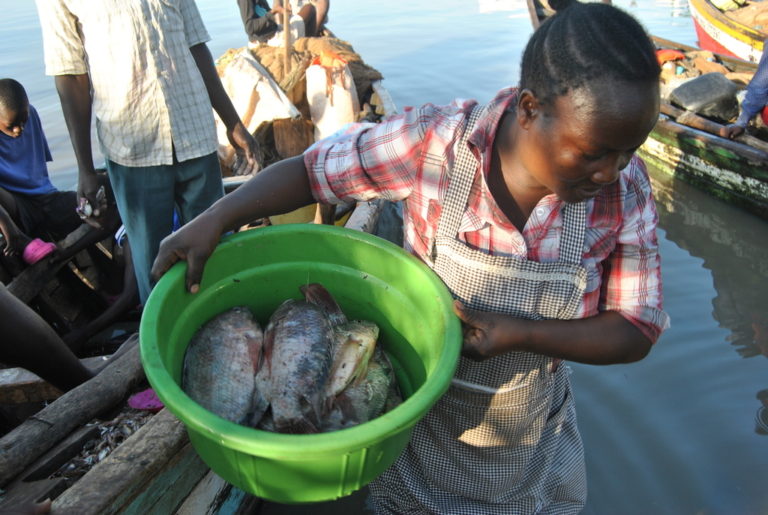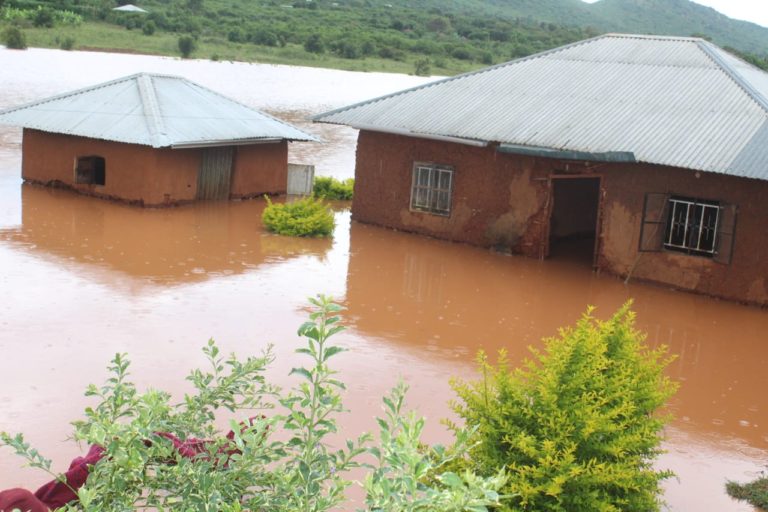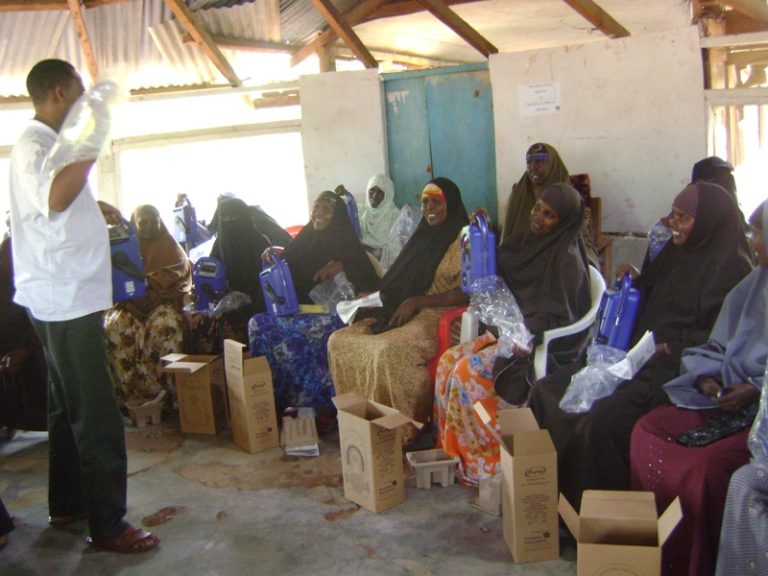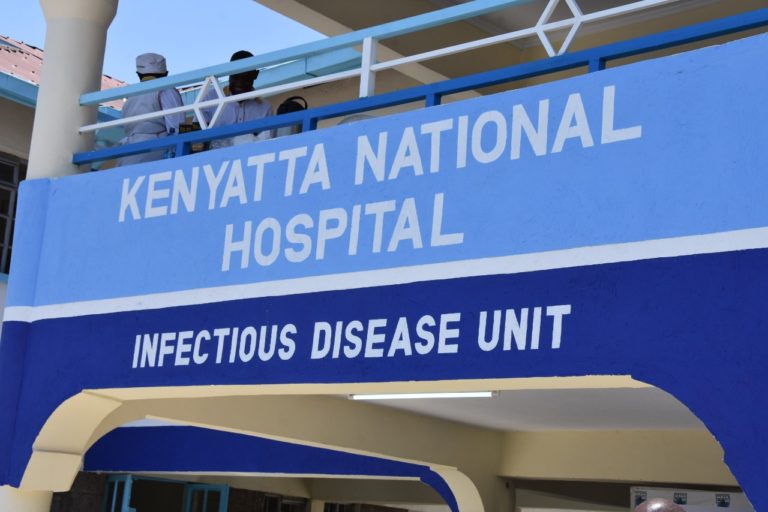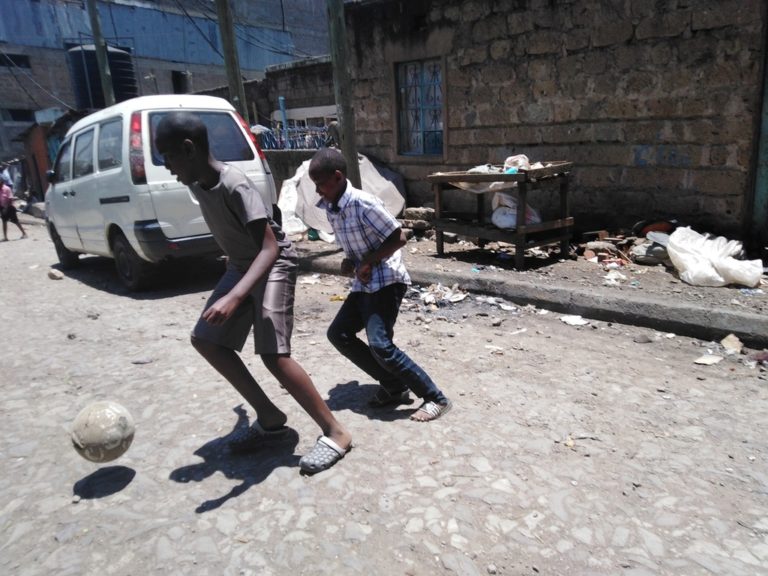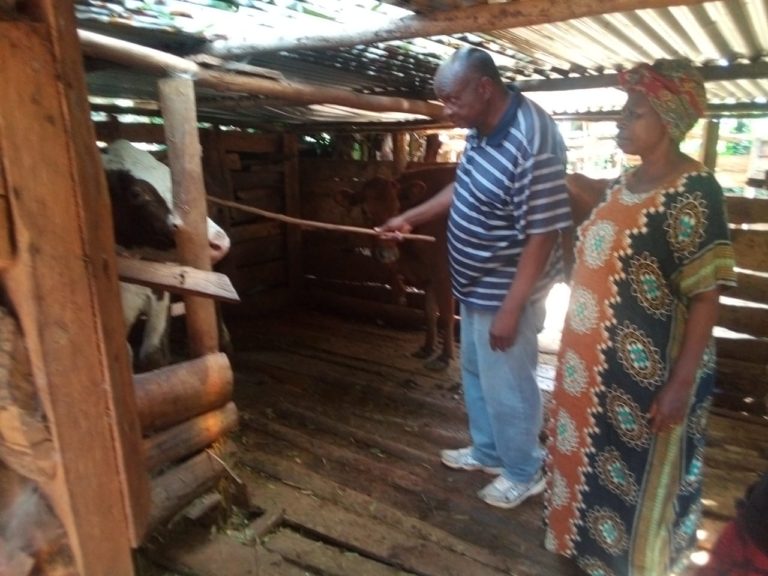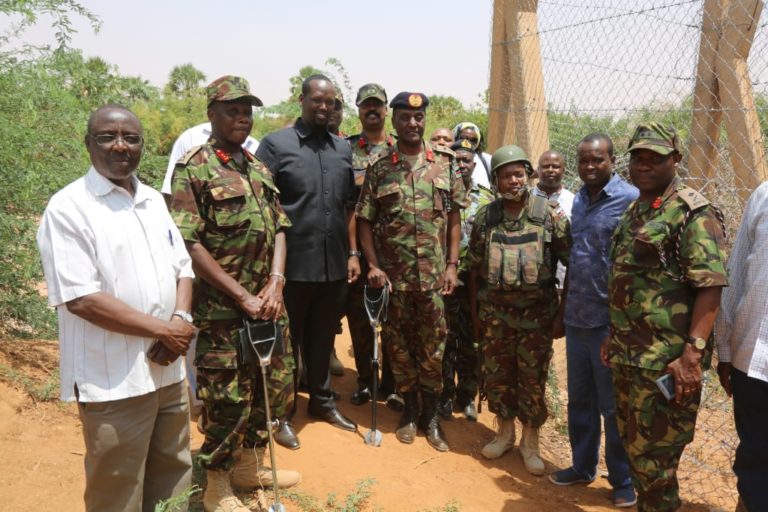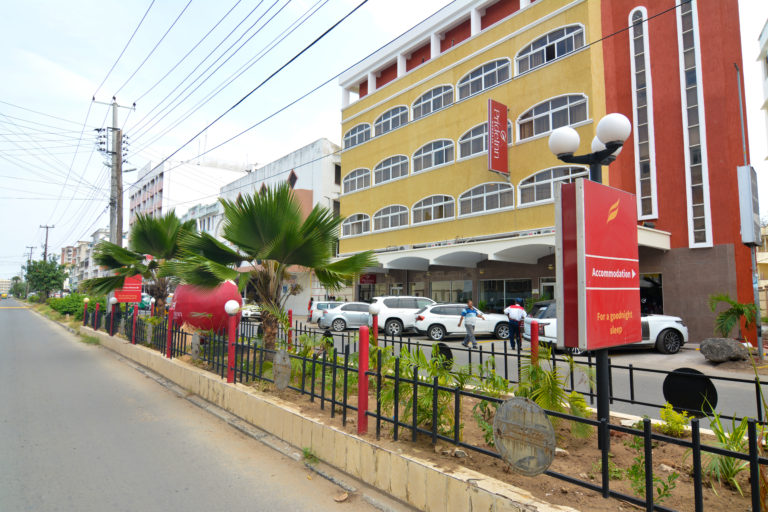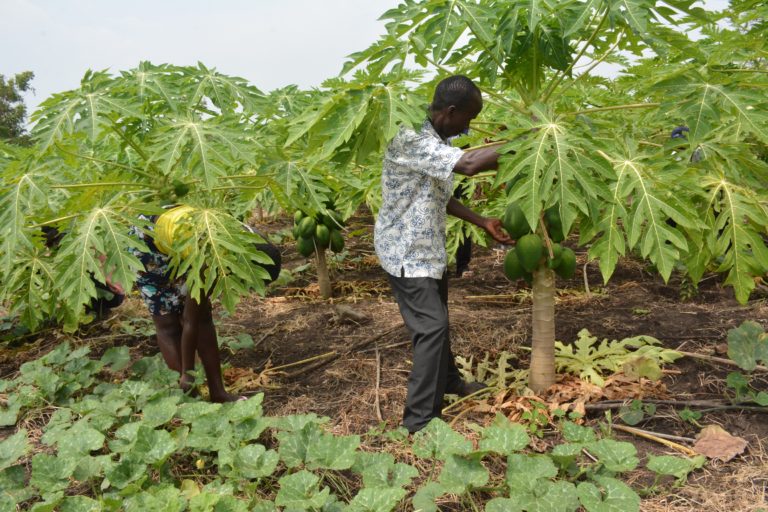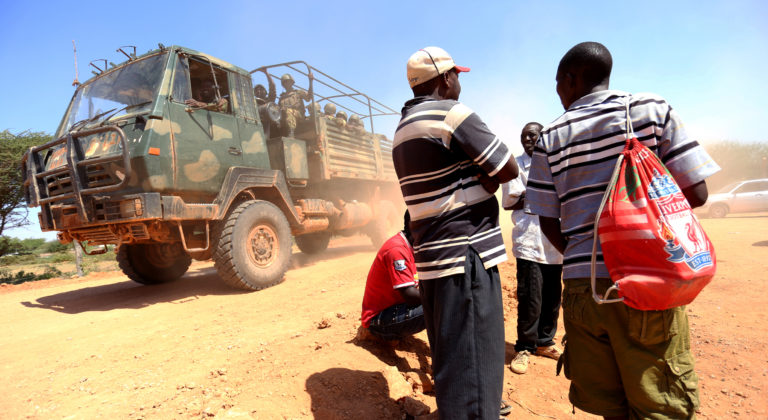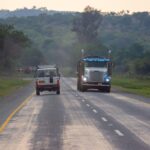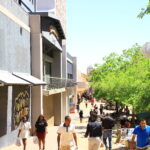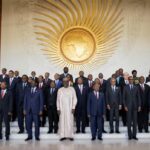Nairobi — It’s a busy Monday evening at the Zimmerman estate in the outskirts of Kenya’s capital, Nairobi, and Mary Waithera is busy arranging her goods, hoping to make a few sales before the sun sets, signaling the end of the day.
Waithera has just been kicked out by a shop owner just across the street from whose verandah she had set up a table to sell old magazines, teddy bears, necklaces bangles, and other beauty products. Luckily, she has found a small makeshift stall by the roadside to rent and hopes to make ends meet.
“But the main challenge right now is making sales. Customers fear that they might contract the virus by touching these goods and therefore keep off them. The result is that we make no money and yet life goes on, and landlords need rent. What the government has been promising that it will give to those affected by the harsh times like me; we haven’t gotten even a penny. And neither do I know someone who has received it, nor been told that the money is given out somewhere and that I can go collect it,” the 34-year-old mother of two explains.
Ever since it reported the first COVID-19 case on March 12, Kenya has received billions of Shillings in donations and loans from international banks, philanthropists and donors, that was meant to help the country fight the virus. But in a new wake, Kenyans seem to be getting a raw deal.
In May alone, Kenya received a number of loans that were said to be used to help poor Kenyans cope with the hard economic times during the pandemic. These loans came from three main international lenders; the International Monetary Fund (IMF), the World Bank, and also the African Development Bank.
On May 6, the IMF executive board in Washington, DC approved about US$739 million that it said was to be drawn under the Rapid Credit Facility (RCF). The loan would help to meet Kenya’s urgent balance of payments need stemming from the outbreak of the COVID-19 pandemic.
The World Bank Board of Directors then, on May 20, approved a $1bilion loan for the East African country while sitting in Washington, DC as well. The loan, the Bank said, would “help close the fiscal financing gap, while supporting reforms that help advance the government’s inclusive growth agenda, including in affordable housing and support to farmers’ incomes.”
The institution then said in a statement on May 21 that its Board of Directors had approved a US$43 Million (Sh4.59 billion) International Development Assistance loan that was to assist the country in responding to the desert locust outbreak threat and to also strengthen its system for preparedness.
The next day on May 22, the African Development Bank (AfDB), through its Board of Directors approved a €188 million loan which it said was meant to support the Government of Kenya’s efforts to respond to the COVID-19 pandemic and mitigate the related economic, health and social impacts.
“The loan will extend additional resources to Kenya as the country takes steps to contain the spread of the pandemic and deal with its unprecedented impact. It follows a request by the Government of Kenya, as part of its COVID-19 Emergency Response intervention, to help contain the scourge,” the bank said in a statement.
“We are very pleased to join other development partners in supporting the Government of Kenya’s efforts in mitigating the financial impact of the pandemic, especially in terms of the country’s expenditure in the health, social and economic sectors. The next step will focus on helping build resilience for post-COVID-19,” the Bank’s Acting Director-General for East Africa, Nnenna Nwabufo, noted.
But in all these, there is little to show trickling down to assist Kenyans who are suffering the hard economic times brought about by the effects of COVID-19. And as Waithera says, landlords are still comfortably demanding for their rent, even after people lost jobs.
“Where I stay, I think my landlord is the strictest because I have witnessed him throwing people out when they fail to pay rent. Right now I am struggling and praying to God so hard that rent is found before such happens to me and my family,” she says.
Waithera’s husband also has a shop, selling electronics at the Ngara estate, just a few meters from the city center. And, according to Waithera, his business is no better.
“In fact for him, it has been a hit to the point that we don’t talk in the house. There is no happiness. He is always silent, thinking about where the money to keep our family going will come from,” Waithera continues.
Apart from bank loans, the country has also been receiving money and personal protective equipment (PPE) from donor organizations and philanthropists, both local and international.
One of such kind is the July 1 U.S. Agency for International Development (USAID) $50 million support to Kenya’s response and recovery efforts that the country had made through its embassy in Nairobi. The grant, it said, was meant to meet the immediate and longer-term challenges that COVID-19 is posing.
“The American people have always been generous to those in need around the world, and today Kenya is facing the compound challenges of COVID-19, flooding, and locusts. We are focusing on ensuring resources get to the counties and communities because Kenya’s communities are Kenya’s greatest asset in overcoming these challenges,” stated U.S. Ambassador Kyle L. McCarter.

But in all these, there has not been a notable effect on the ordinary Kenyan people. The money has been squandered and/or stashed in bank accounts either by officials in government or the rich elite in the country.
A good part of the billions was also supposed to assist hospitals in getting equipment for health officers to be able to effectively and safely attend to patients at their facilities. But this has not been the case.
At the Mathare North Health Centre in Mathare slums, there isn’t enough equipment, including protective equipment and other patient handling equipment that the health workers need in order to be safe.
“Here, only God will be able to help us. You never know who you are handling and even though we check the patient’s temperature at the entrance, you know well enough that there are people who might have the virus but are asymptomatic. So, if possible, we would demand from the government that they also think about us as much as they would want to accumulate some of the money for themselves and their rich friends in government,” says a health worker who chose to remain anonymous for fear of losing her job.
When the Permanent Secretary at the Ministry of Foreign Affairs, Amb. Kamau Macharia tested positive for COVID-19 on July 24, the PS handed over his duties on July 30 as he proceeded to self-isolation. He then raised concerns about where all the billions went to that the government was not able to conduct an effective contact tracing to establish who he came in contact with and might have put at risk.
“For all the billions that have been spent on this campaign, it’s hard to imagine that at the point of contact where the disease actually happens, there is no system to make sure that we have access to proper care and the proper contact tracing is actually done to keep track of those who are not well or maybe infecting others,” Macharia said in a WhatsApp group of top government officials.
In a document to the National Assembly in April, Health Cabinet Secretary, Mutahi Kagwe had pointed out that the Ministry had spent 42m shillings to lease ambulances, 4m shillings on tea and snacks, and 70m shillings on communication. This was a break-down of the 1.3bn Kenyan shillings ($12.2m), mostly donated by the World Bank in April, to be used in the fight against the coronavirus pandemic.
The Minister was then summoned by the National Assembly and the Senate to appear before the Parliamentary Health Committee in early May after concerns by Kenyans on the expenditure.
Doctors and nurses have always gone on strike, citing unpaid salaries and unfavorable working conditions amid the COVID-19 pandemic. On August 4, doctors and nurses at the Homa Bay County Hospital in western Kenya were the latest to do the same.
The Cabinet Secretary at the Finance Ministry in July acknowledged that about half of the money that the country has so far received was being held in the bank accounts of rich individuals.
“This will go on for a month or two, and then the banks will start lending to the private sector,” Yatani had said in late July.

